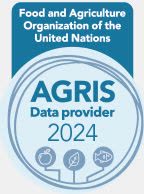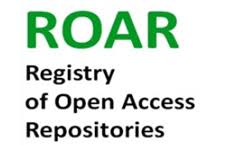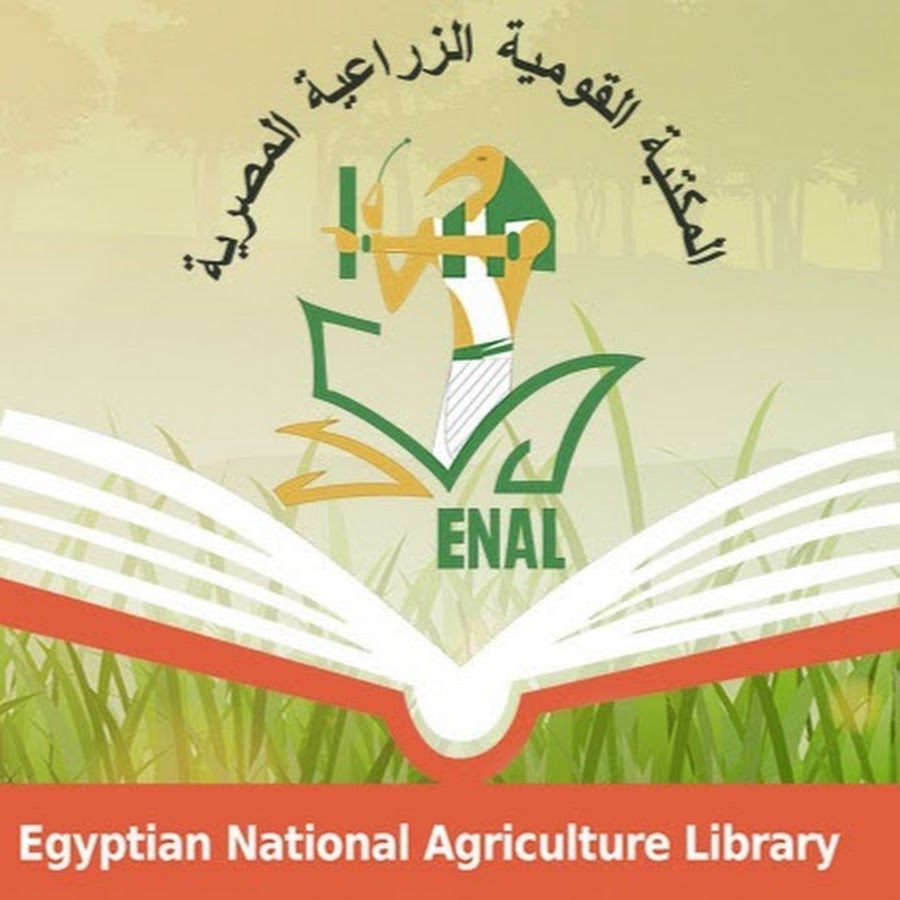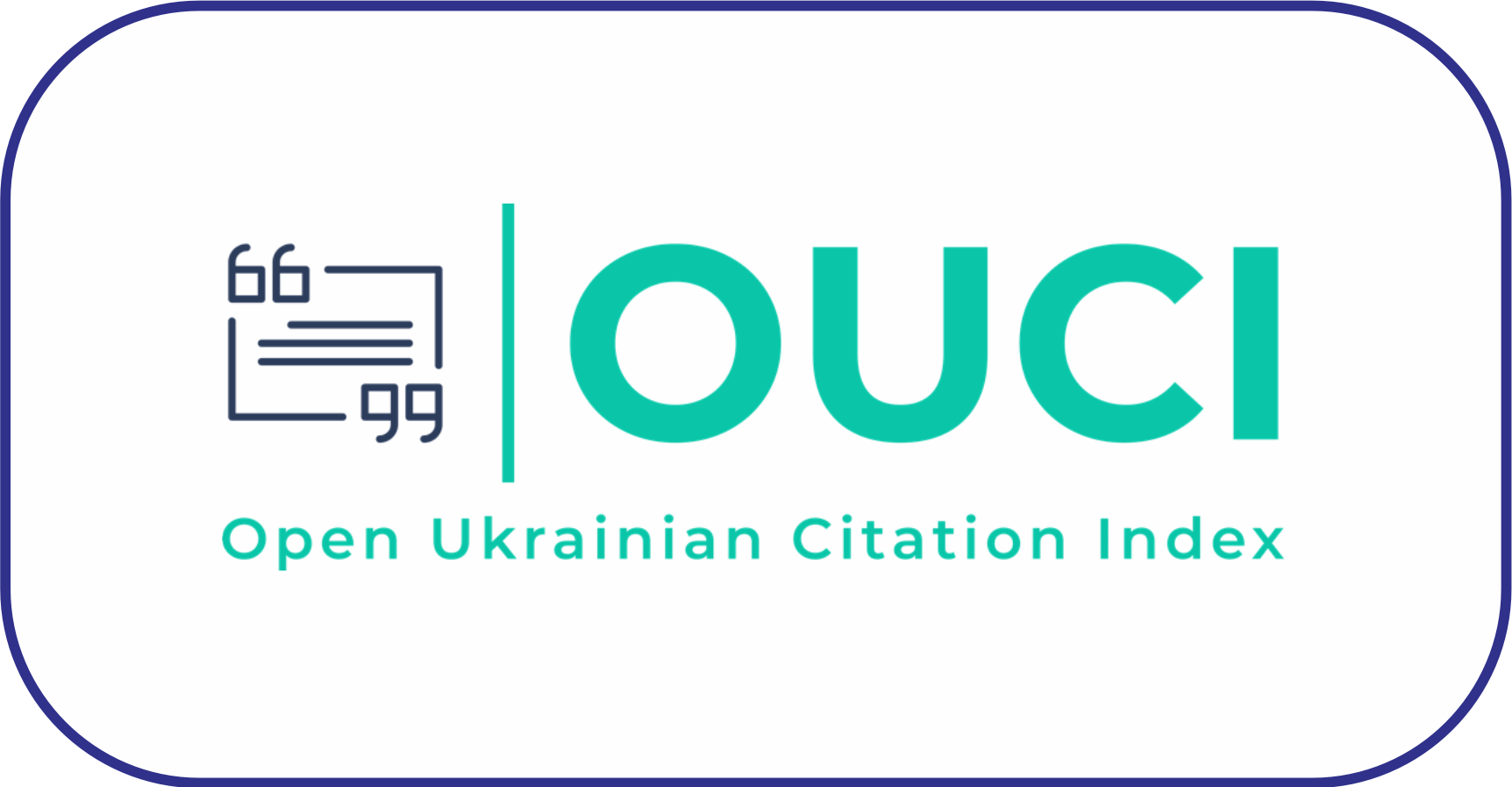ISSN: 3079-174X
Corrections Policy
Information is provided about how we deal with post-publication correction requests relating to errata and addenda. When a scientific article is published in an issue of a journal, it is referred to as the final version (FV) of the article and cannot be updated or altered any further, with the exception of author name changes. A reader accessing the FV should be able to rely on the fact that the version they accessed, and possibly cited in other work, will not be changed after the final version was published. However, there may be circumstances under which it is necessary to communicate changes to the FV. For example, when errors were found post-publication that have a serious effect on the indexation, scientific understanding/findings of the article, or research misconduct. Advances in Agriculture and Biology adheres to the guidelines of the Committee on Publication Ethics (COPE) for correcting the scientific record.
In the event that changes are made to the FV, these will always be communicated through a notice such as an erratum, addendum, or a retraction. These notices will always be openly available to all readers and clearly indicate and link to the FV to which it refers. The FV itself will not be changed, but a link to the notice will be added to the FV. A reader will then be able to track any changes or updates to the original publication and to verify when such updates were introduced.
Requests for correcting the FV will be evaluated by Editor in consultation with the Editor-in-Chief. They will usually be granted if: the scientific meaning or understanding of the paper is seriously affected; if errors were introduced by the typesetter; if there are serious ethical issues related to the publication; or when it involves author name changes due to marriage, divorce, religious conversion, gender alignment, or other personal reasons. Requests will typically be declined if: they concern minor spelling errors or minor typographical mistakes; affiliation changes; updates to contact details; addition of new funding statements; or if the request is received after the reasonable time window for communicating changes (up to 2 years after original publication) has closed.
Publisher correction
A publisher correction may be published to correct an important error(s) made by the journal that affects the scientific integrity of the published article, the publication record, or the reputation of the authors or of the journal.
Author correction
An author correction may be published to correct an important error(s) made by the author(s) that affects the scientific integrity of the published article, the publication record, or the reputation of the authors or the journal.
Evaluating a request for errata
Requests for errata are usually granted in relation to:
i. Scientifically relevant changes: If the scientific meaning or understanding of the paper is affected then an erratum should be published. This includes for instance wrong values in a table or incorrect wording that changes the meaning of a sentence.
ii. Author name changes: If the original article had a misspelling in the author name or if the author changed their name because of divorce or alignment with gender identity, then an erratum will always be published.
iii. Missed author corrections: If the author communicated their corrections during proof-stage, but the typesetter did not implement the corrections (correctly), then an erratum may be published if it affects the scientific meaning or understanding of the paper.
iv. Publishing an erratum: An erratum should use clear and factual language and it should state both the original text as well as the new text that replaces it. A reader must be able to understand exactly which section of a paper is affected and what has changed within that section. The text will refer to specific page numbers, section headings, paragraphs, and sentences where possible.
Evaluating a request for an addendum
The key criterion for an addendum is that the addendum is crucial to the reader's understanding of the original paper. It could add additional context or information that helps to better explain the published work. If new findings have come to light (that do not undermine the results of the original), these could also be communicated through an addendum.
Publishing an addendum
The corresponding author should submit the text for the addendum using clear and factual language, beginning with a reference to the paper to which the addendum is referring and followed by the additional material. An abstract can be included that gives a short description of the reason for publishing the addendum. If applicable, the text should specifically mention the page number, section, and paragraph where the new information should be added.


























